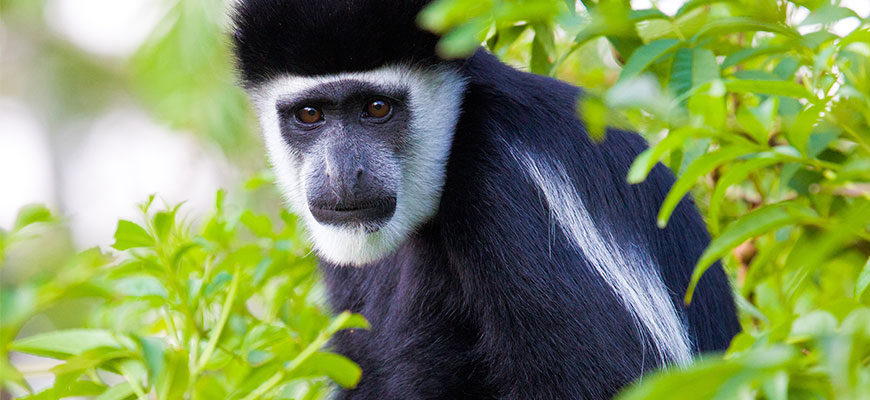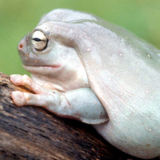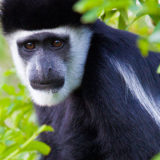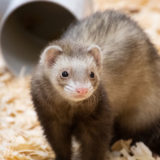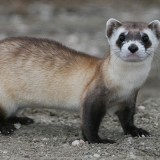DIET
Wild: Leaves are the primary food of the black and white colobus, but the diet is variable as expected in a species with such a wide distribution and range of habitat types. They spend most of their time in treetops, preferring to eat young leaves found there. Their complex, three-chambered, ruminant-like stomachs, which carries specific bacteria that helps to ferment and digest leaves, enable them to digest mature or toxic foliage that other monkeys cannot, thus they can occupy niches that are inaccessible to other primates.
Zoo: leafy greens, fruits and vegetables, browse from plants at the Zoo.
BEHAVIOR
Black and white colobus monkeys live in troops/social groups of about 3 to 15 animals— a dominant male, several females and their young.
Typically, there is a dominant male that defends the territory and troop from predators. The females keep the groups cohesive and they are usually matrilineally related. Females rarely disperse from their natal groups, except possibly when they break apart. Males on the other hand, usually leave when they become sub-adults or adults. Young males leave their natal troop to start bachelor groups or to travel alone until they are able to take over their own troop. Female black and white colobus live in a group that is commonly egalitarian with no formalized rank relations. Relationships are relaxed and friendly with rare signals of dominance or sub-ordinance.
POINTS OF INTEREST
- Unlike other monkeys, colobus monkeys do not have thumbs. The reduction of the thumb is an adaptation to arboreal living as the fingers have become aligned into a single, narrow curved arc that allows the hand to act as a flexible hook.
- Colobus monkeys are important seed dispersers because of their eating habits and also because of their digestive systems.
- This species demonstrates allomothering. This means other females in the troop spend time caring for the young. This supposedly frees up maternal time for feeding as the nutritional value of their diet is low and the stresses of rearing offspring puts enormous pressure on the female. This behavior thus counteracts the burden of nursing.
- The black and white colobus is often found living in sympatry with a number of other primate species, and are part of one of the richest primate communities in the world.
- The main confirmed predator of the black and white colobus is the crowned hawk-eagle Stephanoaetus coronatus.
- A second predator is the chimpanzee Pan troglodytes, which has been observed both successfully and unsuccessfully hunting the species.
STATUS
Least Concern, IUCN
Listed as Least Concern, this species is threatened in parts of its range by habitat loss through deforestation for timber and conversion of land to agricultural use. It is also hunted for meat, especially in the Congo Basin.
SOURCES

